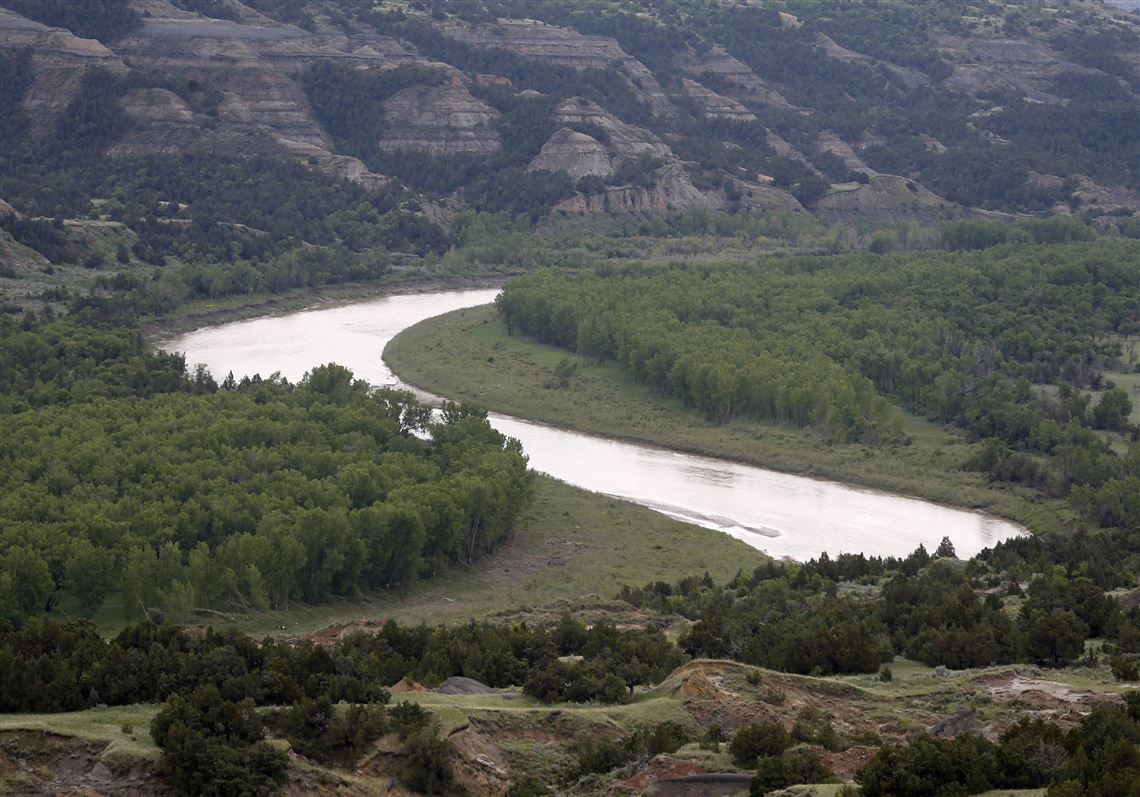Plugging methane leaks from oil and gas operations would not only cut down emissions of a harmful pollutant — make drilling operations more efficient and keep businesses in compliance with new federal rules — but it could also generate thousands of new jobs, according to a coalition of union trade groups and environmental advocates.
About 5,400 direct and indirect jobs could be created each year as oil and gas producers work to comply with federal rules finalized in May, according to a study released last week by the BlueGreen Alliance, a group composed of labor unions including the United Steelworkers and environmental groups like the Sierra Club.
The report found the development of emission reduction technologies — particularly in leak detection and reduction from oil and gas wells, pipelines, tanks — is on average more labor intensive than the oil and gas drilling industry as a whole.
The report measured the specific employment effects of controversial rules issued by the U.S. Environmental Protection Agency meant to reduce methane emissions by 40 to 45 percent from 2012 levels by 2025. First proposed in August 2015, the rules were finalized in May.
Although not as prevalent in the atmosphere as carbon dioxide, methane is more than 25 times more potent as a greenhouse gas. The oil and gas sector is the largest source of methane pollution through accidental leaks and, the report contends, because of outdated techniques in gathering and processing of natural gas.
Given the grave stakes of methane as a pollutant, it’s “not something you can blow off and say you can get to it later,” said Bernie LaBelle, a senior national representative for the Utility Workers Union of America. Mr. LaBelle said politicians often tout repairing infrastructure like roads and bridges as a way to improve safety and spark job growth, but upgrading oil and gas infrastructure is not often brought up in that conversation.
“We are looking at safety as the utmost thing in our mind,” he said. “And if you can create more jobs in the state, how is that a bad thing?”
The study drew from the finding of a 2014 study from the Environmental Defense Fund, which defined the methane mitigation industry as encompassing 76 U.S. firms that all in some way provide equipment or services to help cut emissions. The methane mitigation industry employs at least 30 key job types, ranging from engineers to electricians, welders and heavy equipment operators.
Put together, the median hourly wage for these jobs is $30.88, compared to $19.60 for all U.S. jobs, that report found.
The BlueGreen Alliance considered the full range of technologies — including low-emissions valves, pneumatic controllers and seals — following the EPA’s mandate. More frequent inspections required by the law will also need more workers.
A slight reduction in employment in the construction sector would be seen because gas extraction has some construction resources in its supply chain, clearing and restoring sites.
The group released the report at a press conference in Harrisburg last week.
“What we’re really talking about today is the jobs of the future,” said state Rep. Leanne Krueger-Braneky, D-Delaware. “The good news is by addressing methane, by putting commonsense regulations in place, we can create jobs.”
The BlueGreen Alliance, founded by the United Steelworkers and the Sierra Club, has been vocal in recent years that clean energy initiatives can create jobs, but questions remain how to transition high-paid fossil fuel workers into them. Last fall, it released a report showing tens of thousands of jobs could be generated, but they would not be as many full-time or high-paying positions.
Daniel Moore: dmoore@post-gazette.com, 412-263-2743 and Twitter @PGdanielmoore.
First Published: October 4, 2016, 4:00 a.m.
















